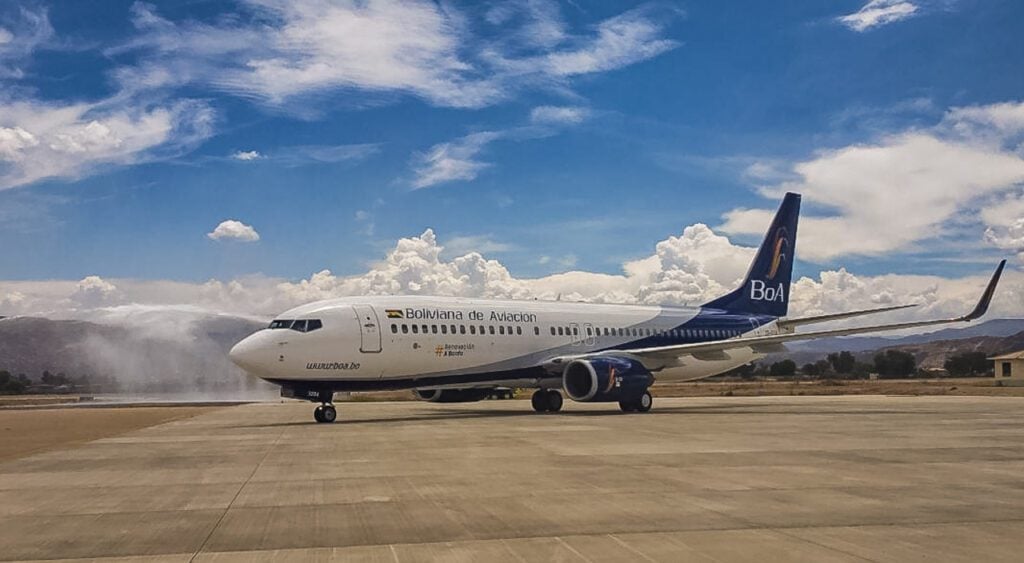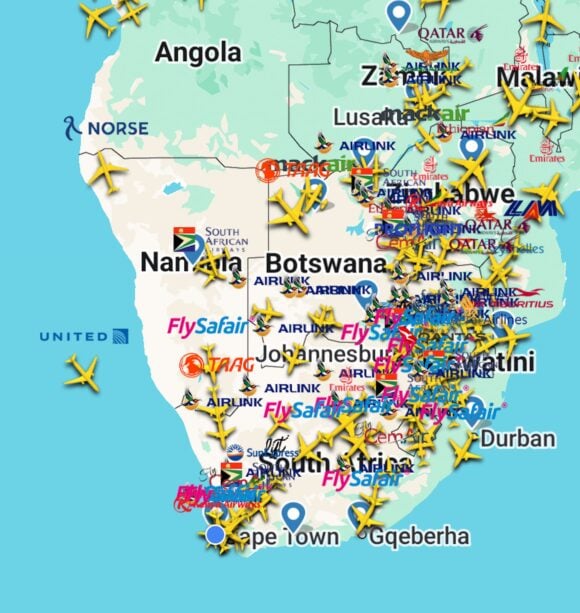
The new Bolivian government, led by President Rodrigo Paz Pereira, executed its first major maneuver in the transport sector this Tuesday, November 18: a complete purge of civil aviation authorities. In a ceremony held at the Jorge Wilstermann Airport in Cochabamba, the Minister of Public Works, Mauricio Zamora Liebers, swore in the new directors of key entities, marking the end of the Movimiento Al Socialismo (MAS) management era in the sector.
According to the Ministry of Public Works, the restructuring seeks to introduce business efficiency criteria and technical transparency into a system battered by financial deficits and airport security vulnerabilities.
A Former Competitor at the Helm of the State Carrier
The most significant appointment concerns Boliviana de Aviación (BoA). Juan José Galvarro Requena has assumed the role of General Manager of the state airline. Galvarro has a background deeply rooted in the private sector, most notably his tenure at Amaszonas, which was formerly BoA’s main private competitor.
This appointment sends a clear signal to the market: the government’s intention to apply profitability metrics and private management styles to the public company. BoA faces a delicate financial situation, with operating losses and difficulties accessing foreign currency, which complicated aircraft lease payments and the acquisition of spare parts over the last year.
Galvarro’s immediate challenge will be to review the cost structure, optimize flight scheduling, and address the internal investigation regarding alleged sabotage and logistics corruption inherited from the previous administration.
Technocracy Over Politics at DGAC and NAABOL
The paradigm shift extends to the regulator and the infrastructure manager. Roberto Jáuregui Mendoza took over as Interim Executive Director of the General Directorate of Civil Aviation (DGAC).
Jáuregui has the critical mission of upholding the FAA (US Federal Aviation Administration) Category 1 status, regained in 2025 but hanging by a thread due to lapses in safety oversight. His technical profile aims to distance the institution from the “Narcovuelo” scandals, where control failures allowed drug shipments to Spain on commercial flights.
Meanwhile, Jaime Humberto Machicao Roca took the reins of Bolivian Air Navigation and Airports (NAABOL). Machicao inherits an entity questioned for the obsolescence of navigation equipment and crisis management, such as the December 2024 incident at Viru Viru, where a TAB DC-10 landing gear collapse paralyzed the country’s main air terminal for over seven hours.
A Legacy of Turbulence
The new administration inherits a sector in operational and reputational crisis. Industry reports indicate that BoA’s fleet suffers from a high rate of Aircraft on Ground (AOG) due to lack of maintenance, exacerbated by the shortage of US dollars in the Bolivian economy.
Furthermore, the recent launch of the route to Washington Dulles via Panama is questioned by analysts, who doubt its commercial viability given the urgent need to consolidate trunk and regional routes.
Minister Zamora Liebers emphasized during the ceremony that the priority is to “guarantee an efficient service” and regain international trust, aligning with President Paz Pereira’s new foreign policy of rapprochement with the United States.
Views: 0



